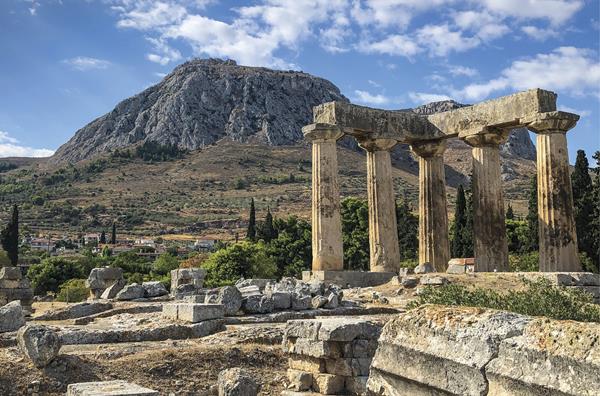Epistles: Classical Corner: Paul, Prostitutes, and the Cult of Aphrodite in Corinth

In 1 Corinthians 6, Paul addresses sexual misconduct among the members of the early Christian community, singling out those who frequented prostitutes (pornai). He states that the body of a Christian should not be joined with that of a prostitute (porne), explaining that the Christian body is a temple of the Holy Spirit bought for a price, that is, Jesus’s suffering and death, implicitly contrasting the Christian body with that of a prostitute, bought for a paltry sum. This striking juxtaposition of prostitute, temple, and payment for the body has led some to think that Paul had in mind sacred prostitution, the performance of sex acts for payment connected with the worship of a divinity, as practiced in Roman Corinth.
But what is the evidence for this?
The main source is a passage about Corinth by the Greek geographer Strabo from the first century BCE/CE: “The sanctuary of Aphrodite was so rich that it had more than one thousand female sacred servants (hierodoulai), courtesans (hetairai) whom both men and women used to dedicate to the goddess” (Geography 8.6.20). These “sacred servants” and “courtesans” have been interpreted as female slaves belonging to the goddess Aphrodite (or Venus, her Roman counterpart), who performed ritual sex acts for payment to the cult. Later, Strabo notes that “the top of Acrocorinth has a small temple of Aphrodite” (8.6.21). Since this is the only Corinthian sanctuary of the goddess that the geographer mentions, it is often assumed that the practice occurred here.
Already a library member? Log in here.
Institution user? Log in with your IP address.

